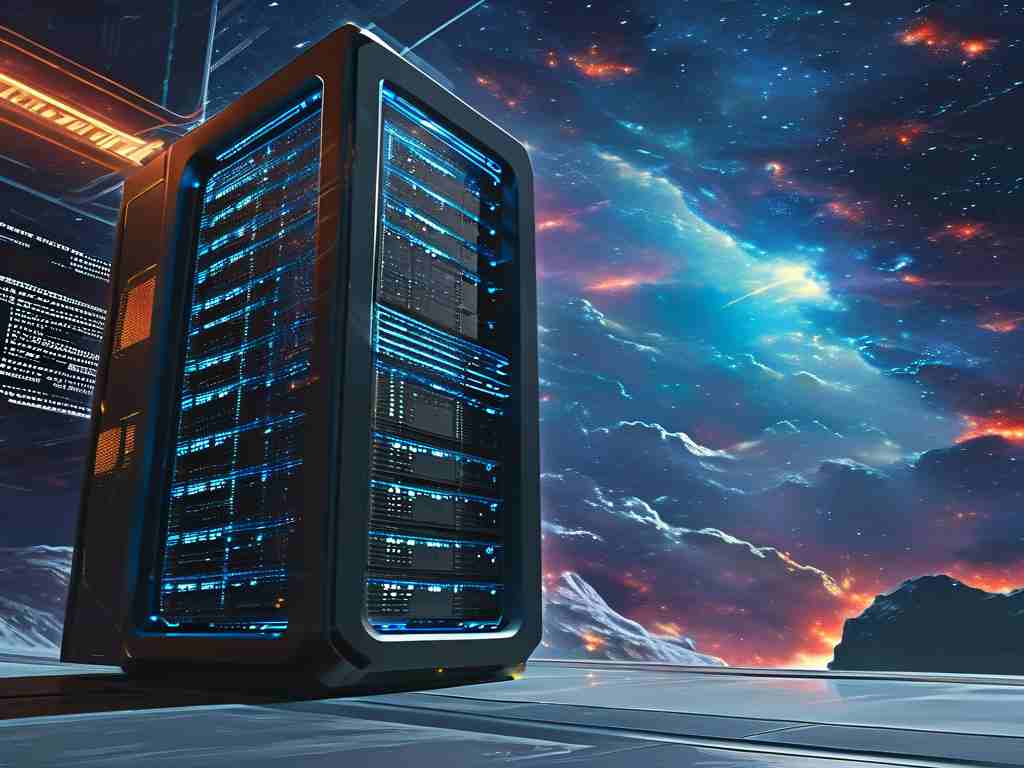In the realm of modern computing, the relationship between in-memory computing and disk computing forms a critical backbone for data processing, storage, and retrieval. Understanding this interplay is essential for optimizing system performance, cost-efficiency, and scalability across various applications. In-memory computing refers to the technique where data is stored and processed directly in the RAM (Random Access Memory) of a computer, enabling lightning-fast access and real-time operations. This approach leverages the volatile nature of RAM, meaning data is lost when power is off, but it excels in speed, reducing latency to nanoseconds for tasks like analytics or transactional systems. For instance, databases like Redis use in-memory storage to handle high-frequency queries, as shown in this simple Python snippet:

import redis
r = redis.Redis(host='localhost', port=6379, db=0)
r.set('key', 'value') # Store data in memory
print(r.get('key')) # Retrieve instantly
On the other hand, disk computing relies on persistent storage devices such as hard drives or SSDs, where data is written to non-volatile media. This method ensures durability and long-term retention, as information remains intact even after shutdowns, making it ideal for archival or backup purposes. However, disk operations are inherently slower due to mechanical movements or electronic latencies, often taking milliseconds or more, which can bottleneck performance in demanding scenarios. The relationship between these two paradigms is symbiotic rather than competitive; they complement each other to create balanced architectures. In practice, systems often use in-memory computing as a front-end for rapid data access and processing, while disk computing serves as the back-end for cost-effective, high-capacity storage. This hybrid approach minimizes trade-offs: for example, a web application might cache frequently accessed user data in memory for quick responses, while storing less critical logs on disk to save resources. Without such integration, inefficiencies arise, such as excessive disk I/O slowing down real-time applications or memory shortages leading to crashes.
Exploring their relationship deeper reveals how technological advancements have blurred the lines, with innovations like in-memory databases (e.g., SAP HANA) combining both elements for unified solutions. Here, data can be loaded from disk into memory for processing, then synced back for persistence, ensuring both speed and reliability. This evolution stems from Moore's Law and falling RAM costs, making in-memory options more accessible, yet disk storage remains indispensable for massive datasets due to its lower price per gigabyte. In big data ecosystems like Hadoop, disk-based HDFS (Hadoop Distributed File System) stores petabytes economically, while Spark's in-memory engine accelerates computations by caching intermediate results. Such synergies highlight how the relationship is context-dependent: for latency-sensitive tasks like financial trading, in-memory dominates, but for bulk data warehousing, disk solutions prevail. Moreover, this interplay affects energy consumption and environmental impact; memory-intensive setups draw more power but reduce overall runtime, whereas disk systems are greener for idle storage but consume energy during access.
Ultimately, the relationship underscores a fundamental principle in computing: balance. Over-reliance on in-memory resources risks high costs and volatility issues, while excessive disk usage degrades performance. Architects must evaluate factors like data volatility, access patterns, and budget to design efficient systems. As edge computing and IoT grow, this relationship evolves, with embedded devices using flash memory as a middle ground. In , in-memory and disk computing are not rivals but partners, driving innovation by leveraging their strengths to meet the demands of our data-driven world. Embracing their synergy ensures robust, adaptable infrastructures that power everything from daily apps to AI breakthroughs.




